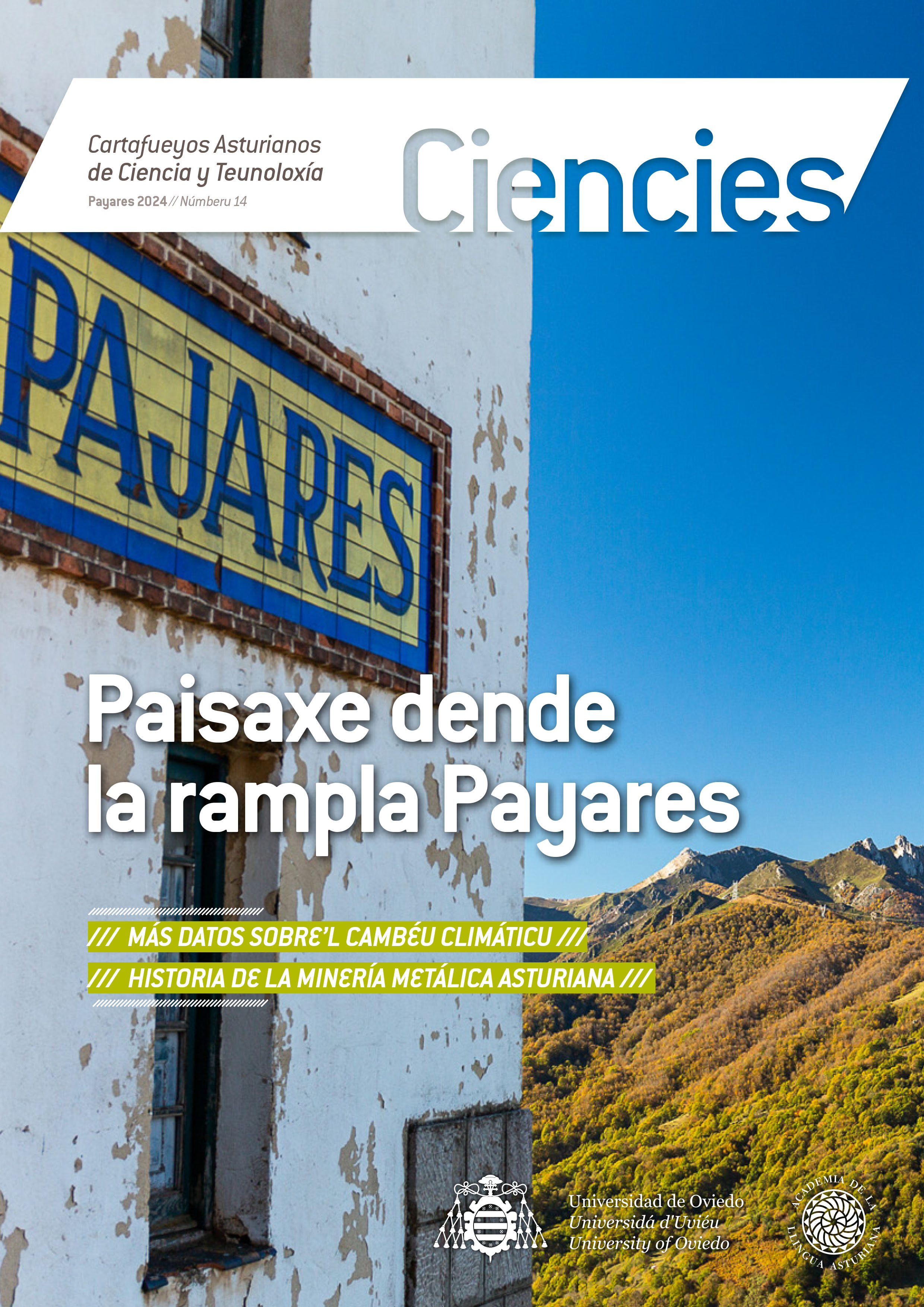Citas
Arriaga, O., Wawrzynkowski, P., Ibáñez, H., Muguerza, N., Díez, I., Pérez-Ruzafa, I., Gorostiaga, J. M., Quintano, E., & Becerro, M. A. (2023). Short-term response of macroalgal communities to ocean warming in the Southern Bay of Biscay. Marine Environmental Research 190.
https://doi.org/10.1016/j.marenvres.2023.106098
Borja, A., Amouroux, D., Anschutz, P., Gómez-Gesteira, M., Uyarra, M. C., & Valdés, L. (2019). Chapter 5—The Bay of Biscay. En C. Sheppard (Ed.). World Seas: An Environmental Evaluation (Second Edition), pp. 113–152.
https://doi.org/10.1016/B978-0-12-805068-2.00006-1
Gordó-Vilaseca, C., Stephenson, F., Coll, M., Lavin, C., & Costello, M. J. (2023). Three decades of increasing fish biodiversity across the northeast Atlantic and the Arctic Ocean.
Proceedings of the National Academy of Sciences 120(4). https://doi.org/10.1073/pnas.2120869120
Guo, X., Gao, Y., Zhang, S., Wu, L., Chang, P., Cai, W., Zscheischler, J., Leung, L. R., Small, J., Danabasoglu, G., Thompson, L., & Gao, H. (2022). Threat by marine heatwaves to adaptive large marine ecosystems in an eddy-resolving model. Nature Climate Change 12(2), pp. 179-186.
https://doi.org/10.1038/s41558-021-01266-5
Hobday, A. J., Alexander, L. V., Perkins, S. E., Smale, D. A., Straub, S. C., Oliver, E. C. J., Benthuysen, J. A., Burrows, M. T., Donat, M. G., Feng, M., Holbrook, N. J., Moore, P. J., Scannell, H. A., Sen Gupta, A., & Wernberg, T. (2016). A hierarchical approach to defining marine heatwaves. Progress in Oceanography 141, pp. 227–238. https://doi.org/10.1016/j.pocean.2015.12.014
IPCC. (2023). Climate Change 2023: Synthesis Report. Contribution of Working Groups I, II and III to the Sixth Assessment Report of the Intergovernmental Panel on Climate Change. IPCC, Geneva, Switzerland, pp. 35–115.
https://doi.org/10.59327/IPCC/AR6-9789291691647
NOAA Climate Prediction Center. (2024). EA: Plotted Historical Time Series. NOAA National Weather Service. https://www.cpc.ncep.noaa.gov/data/teledoc/ea_ts.shtml
Oliver, E. C. J., Burrows, M. T., Donat, M. G., Sen Gupta, A., Alexander, L. V., Perkins-Kirkpatrick, S. E., Benthuysen, J. A., Hobday, A. J., Holbrook, N. J., Moore, P. J., Thomsen,
M. S., Wernberg, T., & Smale, D. A. (2019). Projected Marine Heatwaves in the 21st Century and the Potential for Ecological Impact. Frontiers in Marine Science 6. https://www.frontiersin.org/articles/10.3389/fmars.2019.00734
OECD (Organization for Economic Co-operation and Development). (2016). The Ocean Economy in 2030. OECD Publishing, Paris.
https://doi.org/10.1787/9789264251724-en
Smith, K. E., Burrows, M. T., Hobday, A. J., Sen Gupta, A., Moore, P. J., Thomsen, M., Wernberg, T., & Smale, D. A. (2021). Socioeconomic impacts of marine heatwaves: Global issues and opportunities. Science 374.
https://doi.org/10.1126/science.abj3593
Straub, S. C., Wernberg, T., Thomsen, M. S., Moore, P. J., Burrows, M. T., Harvey, B. P., & Smale, D. A. (2019). Resistance, Extinction, and Everything in Between – The Diverse Responses of Seaweeds to Marine Heatwaves. Frontiers in Marine Science 6.
https://www.frontiersin.org/articles/10.3389/fmars.2019.00763
Ullah, H., Nagelkerken, I., Goldenberg, S. U., & Fordham, D. A. (2018). Climate change could drive marine food web collapse through altered trophic flows and cyanobacterial proliferation. PLoS Biology 16(1).

